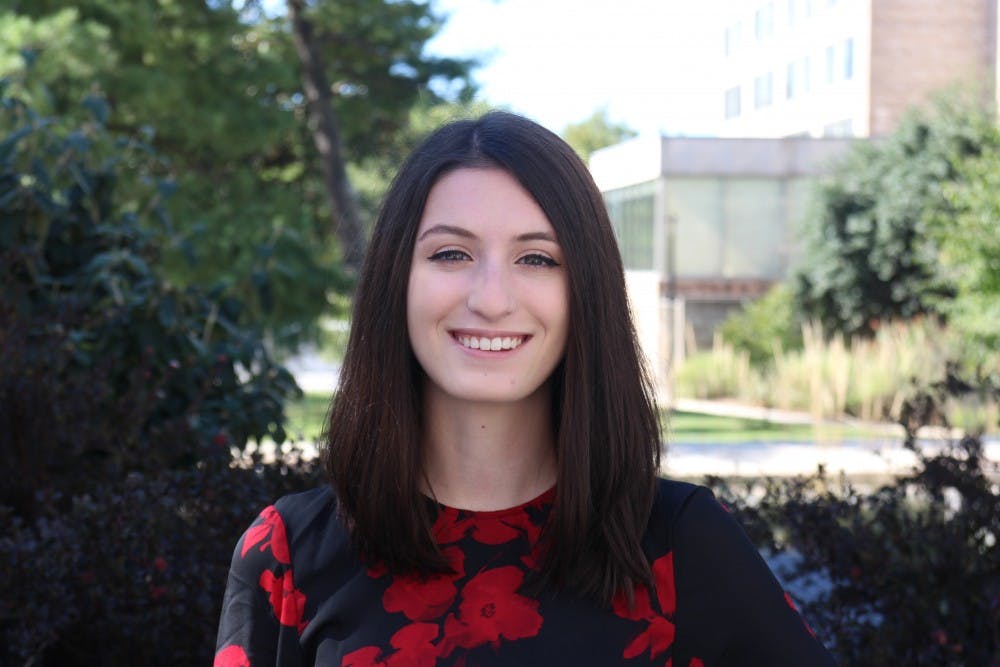American University prides itself on being environmentally friendly.
The campus is an arboretum and the classrooms use motion-sensored lights. East Campus, the University’s most recent architectural addition, is on its way to becoming LEED certified, according to the University’s 2016-2017 Annual Report. From Mary Graydon Center to the Anderson-Letts residence halls, trash bins, mixed recycle bins and compost bins are labeled to encourage people to properly dispose their waste. When University President Sylvia Burwell replaced former President Neil Kerwin, his plan to completely eliminate our carbon footprint became part of her mission, too.
Yet, this semester, I started to become skeptical of the University’s “go green” narrative.
“I want it submitted to Blackboard and I want a hard copy brought to class,” one of my professors announced regarding written assignments.
“I will be posting the readings to Blackboard, but then you must print it out, annotate it and bring it to class,” another instructor said.
American University has a paper problem and it’s hurting its environmentally friendly reputation. During the 2016-2017 academic year, the University employed 889 full-time faculty, according to that year’s Academic Data Reference Book, the school’s annual record. As of March, more than 500 are considered Green Teachers by the Center for Teaching, Research and Learning. To become a certified Green teacher, a professor must answer questions about making their learning environment more sustainable, particularly reducing their paper usage.
All professors should apply to become Green teachers and use Blackboard more frequently to help advance AU’s sustainability goals. By doing that, both professors and students would not have to print as frequently.
Beginning this semester, spring 2018, the University installed a new printing system, Paper Cut MF, to advance their goal of carbon neutrality, according to an email from the Office of Information Technology. Paper Cut’s system tells you about your personal printing impact on the environment. When you log on to your Paper Cut MF account, the system translates your printing into a infographic about how many trees you have harmed, the amount of CO2 your printing has produced and the amount of energy that has gone into creating your paper based on a 60W light bulb.
Personally, since Jan. 12, I have harmed 1.6 percent of a tree, I have produced 1.7 kg of carbon dioxide and 103.4 hours of energy from a 60W light bulb to print 235 pages of paper and counting. While those numbers appear small, I am only one of approximately 7,000 undergraduates on campus. We can combat this paper problem by ensuring that all faculty enroll in the Green Teachers program.
To maintain our reputation of being eco-friendly, we must actively create change. Most changes have to be a top-down process, beginning with professors and then moving to students. I believe everyone should create or rekindle their own environmental conscience and apply it to their everyday lives, especially in the classroom setting.
I am confident that the University can achieve their sustainable goals, but they will not magically be accomplished on their own. Both professors and students must always be aware of their own personal impacts on the environment and how those impacts can affect the greater population. The more we do together, the more carbon neutrality by 2020 sounds like an achievable goal.
Stephanie Mirah is a freshman in the School of Communication and a columnist for The Eagle.
This story was originally published in the April print edition of The Eagle.





